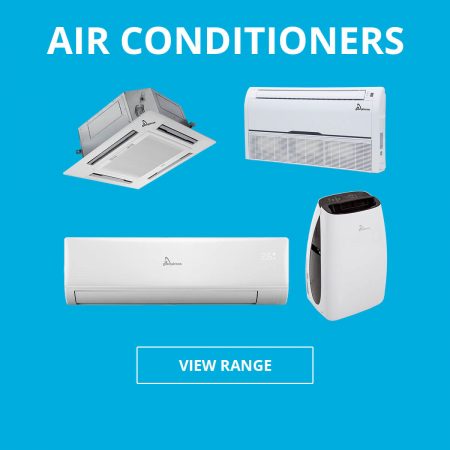If you don’t have a central air conditioning system, what are your options to keep a comfortable temperature inside your house? Well, these options are pretty sparse — you can install either a window unit or a portable air conditioner. The latter is also called a windowless AC because it helps retain access to the window and doesn’t disfigure your house on the outside. If this sounds good to you, you probably would like the question answered “how windowless portable air conditioners work?” to ensure you make the right choice. Here is what you need to know about these devices.
Why a Windowless Portable AirCon is a Great Idea
For starters, you need to know that windowless units need a connection to the window. However, unlike window aircons, they take up significantly less space and you can still use your window as usual. Only a relatively small hose is put through the window and the unit itself can sit on the floor, under the table, and wherever you want as long as the hose is long enough. Thanks to this design, you can easily open and shut your window, clean it, use it as an emergency exit, let the sun in, and so on.
The hose carries out two important functions: it vents our hot air and removes condensate. Both hot air and condensate occur when ACs work (not just portable units but any type of an air conditioner). To understand where they come from, let’s take a look at an AC’s operating cycle.
How Windowless Portable ACs Work
This is what happens exactly when you turn your portable unit on:
- Hot air gets inside a portable AC through a vent.
- It meets liquid-filled cooling coils.
- As the liquid turns into gas, it cools the air down. At the same time, air moisture condenses on the coils.
- The cool air then blows out of an AC, and gas with condensate travel further along its innards.
- Gas enters the compressor that creates pressure to turn it into liquid again.
- The cool liquid goes to cooling coils.
- The heat created by the compressor along with condensate enters the hose and it removes them through the window.
This cycle will repeat again and again until the ambient temperature and thermostat’s settings concur.
Where Can You Use a Windowless Portable Air Conditioner?
These devices are perfect for residential buildings with no central air conditioning or remote rooms that don’t get cool enough. They are capable of lowering the ambient temperature by a few degrees. Normally, this will suffice to provide comfortable conditions for work and living. However, if you consider a cooling option for a room with equipment that generates a great deal of heat, portable ACs won’t be powerful enough. Moreover, they won’t do for large rooms unless you’re willing to install a few units at once.
Last but not least, although these models are called windowless, they actually need window access to get rid of exhaust heat and condensate. Every AC provides an adjustable window kit to be installed in a sliding window. If your room doesn’t have a window or its design isn’t suitable for an AC, you can vent out through the wall, just need to make sure that an opening is carefully sealed.
